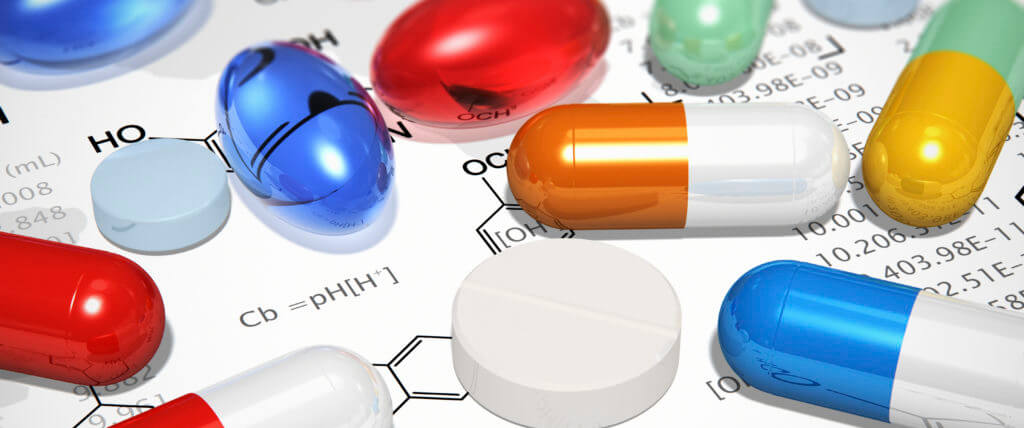The Basic Concepts of Active Pharmaceutical Ingredients
What is an active pharmaceutical ingredient?
An Active Pharmaceutical Ingredient (API) is the chemical substance contained in a pharmaceutical, which is responsible for its therapeutic effect. However, APIs generally cannot be used directly as medicine taken by patients. APIs need to be formulated into dosage forms with the addition of pharmaceutical excipients. There are more than 2,000 APIs worldwide up to now. Only a few pharmaceutical companies can produce their own APIs, but no one can produce all the APIs they need.
The quality of an API determines the quality of the pharmaceutical formulation. Countries around the world have developed strict pharmacopoeia standards and quality control methods for APIs.
What is an Intermediate?
An intermediate is a chemical substance produced during the API manufacturing process. Intermediates need further reactions or processing to be transformed into the active pharmaceutical ingredient. The FDA (U.S. Drug Administration) requires intermediates to be registered.
Types of APIs
APIs can be categorized into two major types based on their source: synthetic APIs and natural APIs.
Synthetic APIs
A synthetic API refers to a product with a certain therapeutic effect obtained by means of a chemical reaction under specific conditions. Synthetic APIs can be further divided into inorganic APIs and organic APIs.
Inorganic APIs
Inorganic APIs are inorganic compounds, such as Aluminum Hydroxide for treating stomach and duodenal ulcers.
Examples of Inorganic APIs
- Sodium Hydroxide
- Copper Oxide
- Magnesium Hydroxide
- Sodium Bicarbonate
- Potassium Iodide
Organic APIs
Organic APIs are mainly obtained through a series of organic chemical reactions, such as Aspirin and Chloramphenicol. In terms of variety and market, organic APIs far surpass inorganic APIs.
Examples of Organic APIs
- Pranoprofen
- Antipyrine
- Eletriptan
- Sulfadiazine
Natural APIs
Natural APIs are the biologically active components in medications that are derived from natural sources. Natural APIs can also be classified into biologic APIs and phytochemical APIs based on their source.
Biologic APIs
Biologic APIs are usually produced using biotechnological methods and are characterized by their complex structures and high molecular weight. The manufacturing of antibiotics is primarily based on microbial fermentation process.
Examples of Biologic APIs
- Erythromycin
- Calicheamicin
- Lincomycin hydrochloride
- Oxytetracycline
Phytochemical APIs
Phytochemical APIs refer to a class of chemical substances with clear physiological activity obtained by extraction and separation from medicinal plants. Most of the phytochemicals are chemically pure substances, which can be processed as raw materials into drugs for clinical application.
Examples of Phytochemical APIs
- Allicin
- Anthocyanins
- Monoterpene
- Lutein
Manufacturing Process of APIs
The manufacturing process of Active Pharmaceutical Ingredients involves several stages to produce the desired compounds with high purity and efficacy. The process varies depending on whether the API is a small molecule or a biologic, but here is an outline of the typical steps:

